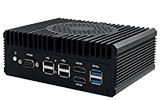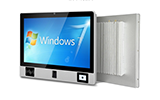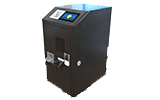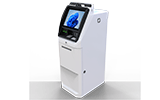
ZKTEK provides all kinds of custom OEM/ODM ATM machine,interactive kiosk,information kiosk, touchscreen kiosk, touchscreen monitor, touchscreen computer, box ipc,digital sginages, pos and metal keyboard products
News: Reasons Why Your Restaurant Needs Self-Service Kiosks
-
Reasons Why Your Restaurant Needs Self-Service Kiosks Brief:
Self-service kiosks increase order sizes resulting in increased sales. Between millennials and the digital age of mobile applications, the traditional ordering experience has become outdated.
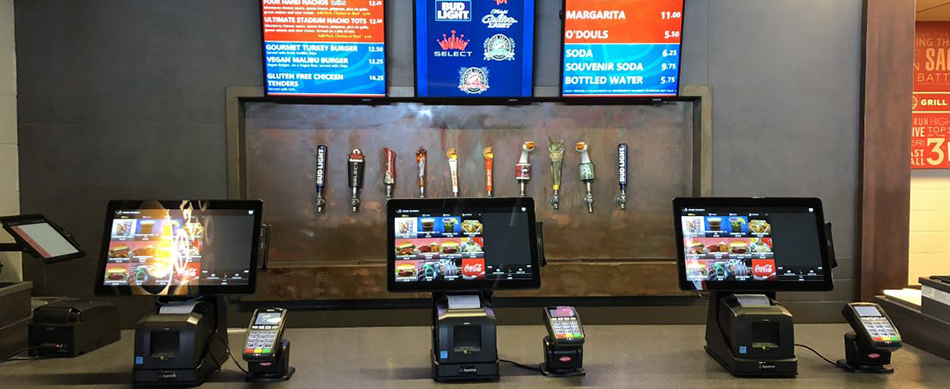
Self-service kiosks expand the geographical reach of several businesses without establishing a brick and mortar outlet. The advantages offered such as minimal investment and reduced costs on labor, stock keeping, and store construction, attract organizations to implement and set up more self-service kiosks.
In 2004, self-service kiosks set out to re-engineer the entire airline industry. The traditional counter check-ins promoted long lines, disgruntled customers, and high labor costs. By 2012, 80 percent of frequent fliers checked-in via a self-service kiosk compared to only 20 percent just eight years earlier.
Fast forward to 2018. Self-service kiosks are expanding into almost every industry, including the restaurant industry, at exceptional rates. From your typical fast food restaurant to your favorite enterprise chain, restaurant operators are transforming their ordering model to incorporate self-service kiosks, tableside ordering, or online/mobile ordering. Guests want convenience and in the restaurant setting, that means the ability to order what they want without staff interaction.
When looking at a restaurant ordering experience, it goes beyond a single point of sale terminal. The ordering and payment process should consist of an omni-channel approach, meaning traditional POS terminals, tableside or handheld ordering, self-service kiosks, and mobile or online ordering. While many restaurants think they can do without self-service kiosks, the trends outlined in the following sections show otherwise.
Faster Service
One of the most important components to providing guests with an enjoyable experience in any enterprise is speed of service. Within the airline industry, service times were reduced by 60 seconds with the incorporation of self-service kiosks. In the quick service context, Appetize data shows that implementing kiosks reduces total order time by nearly 40 percent. In this sector, total order time means from the moment a client begins the ordering process by interacting with a staff member or kiosk all the way to the moment the menu items are ready for pick-up or table delivery. In addition, a McDonald’s case study found that kiosks reduce service times in fast food restaurants by nearly seven seconds, resulting in the potential market share increase of one to three percent.* Facts are facts, and they prove that self-service kiosks are reducing friction and time within the ordering process.
Increased Order Size and Sales
Self-service kiosks increase order sizes resulting in increased sales. Between millennials and the digital age of mobile applications, the traditional ordering experience has become outdated. When guests don’t have to have one-on-one interaction, they simply feel more comfortable ordering more. In an Appetize case study measuring sales at self-service kiosks against manned cashier terminals, not only did the kiosks result in more traffic, the data showed a 21 percent increase in average order size with 1.4x more items in their cart at checkout. This all resulted in an increase of at least $5 per transaction.
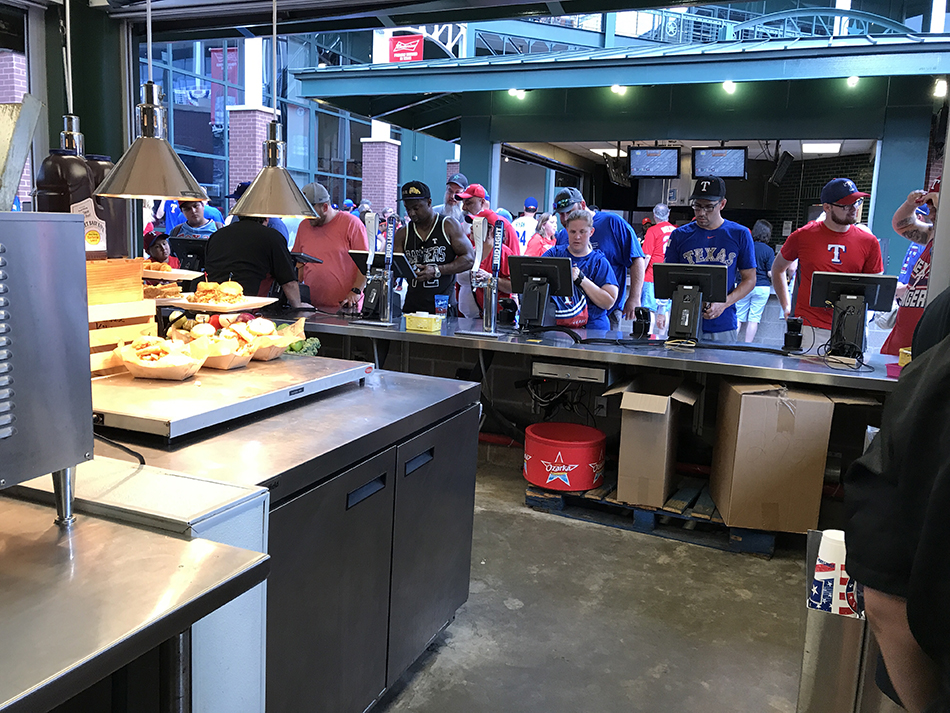
Sounds crazy, right? Well, we’re not the only ones reporting this sort of increase. Looking back to McDonald’s, self-service kiosks increased average check size by 30 percent. Still don’t believe it? Taco Bell saw an increase of 20 percent when an order was made digitally instead of with a human cashier.*
More Upselling and Customization
Increased order size and sales aren’t solely a result of comfortability with lack of human interaction. It’s a combination of guest ordering and intuitive upselling and order modifications. Kiosks never forget to upsell, resulting in guests buying that extra drink or adding on that dessert item they never knew they wanted. Taco Bell saw a direct correlation in larger order sizes from guests who added additional ingredients to their orders. In this case, common add-ons like onions, sour cream, nacho cheese, and creamy jalapeno sauce can cost anywhere from $0.30 to $0.70, and they were more commonly ordered when prompted on the self-service kiosk. Even simpler than that, McDonald’s saw a 20 percent increase in drink orders when customers were prompted on the screen.*
While staff focus on ringing out the order, they often forget to ask the simple questions. Whether it’s prompted on the self-service kiosk screen or on the actual point of sale terminal, the subtle reminder encourages guests to add on that additional item and staff to ask the question.
Increased Customer Insights
As with traditional point of sale, self-service kiosks provide advanced customer insights for restaurants to better understand what their most popular menu items are, the busiest time of day, and even their most popular order modifiers and add-on items. Valuable insights like these enable restaurant operators to determine what items to strategically promote on the kiosks, when to staff kiosks to help patrons move through the lines, and what popular add-on items they can increase the price of for additional revenue. Beyond traditional insights, operators are also able to see data in real-time to see which cashiers are busiest, what inventory levels are, and even 86 sold-out items. Within the omni-channel approach, self-service kiosks can seamlessly sync with other terminals to prompt inventory alerts to operators when stock is low across the entire operation.
Using Kiosks at the Restaurant
When evaluating kiosks at your restaurant, it’s important to remember that kiosks are a complement to traditional point of sale offerings. The goal isn’t to replace cashier terminals, but to improve efficiency and ultimately increase sales. Additionally, personnel should be available to assist guests ordering on self-service kiosks, especially during peak hours. Whether you’re a fast-casual or quick-service restaurant, there are bound to be questions. By alleviating cashier terminals, operators are able to reallocate staff to self-service kiosks and focus on improving guest satisfaction..
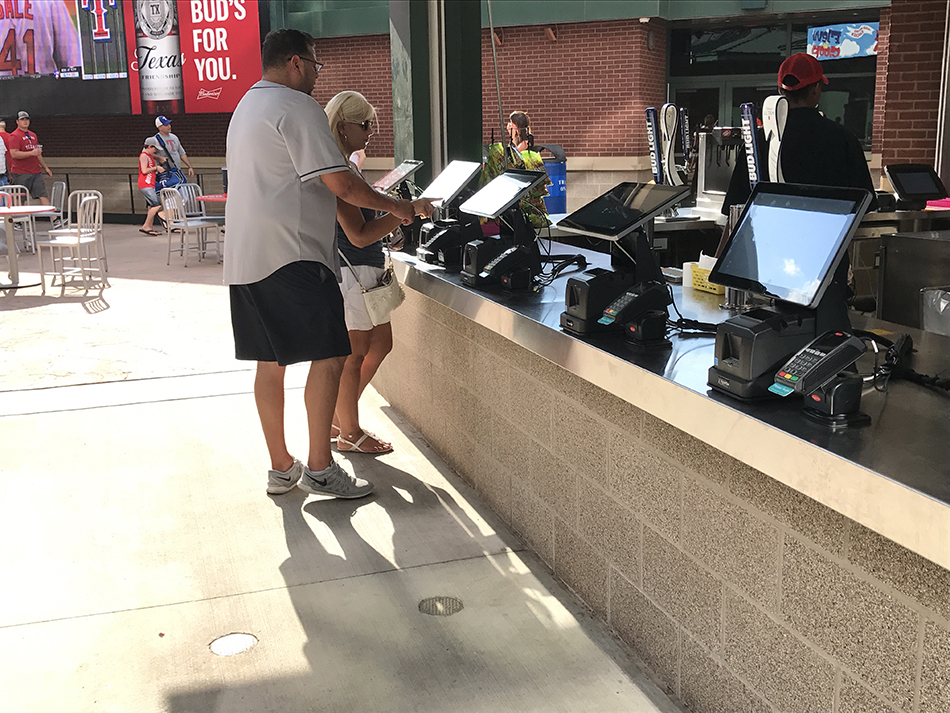
Operationally, kiosks should be utilized with traditional point of sale terminals. In a fast-casual setting, this means ordering at the counter should still be available. In a quick-service and table-service setting, kiosks should be available for guests to order their items to enjoy at the establishment or take them to go. Freestanding and countertop models ensure your restaurant can easily maximize space with the option that best suits their needs. In addition, location matters. It’s crucial to the success of the kiosks for restaurants to place them in strategic locations that encourage guests to place orders. While many restaurants and enterprises feel kiosks are better suited against the wall or in a corner, studies have shown that when kiosks disrupt the ordering flow, they produce better results.
At the end of the day, the implementation of self-service kiosks in any restaurant setting can bring exponential value to the establishment. Whether it’s gaining valuable insights or shortening the ordering process, kiosks give restaurants that cutting edge factor to make them competitive in the ever-changing market. Guests have made their opinions loud and clear, kiosks work. And it’s important for restaurants to listen to what their audience wants while providing the best service to turn their guests into repeat customers.
